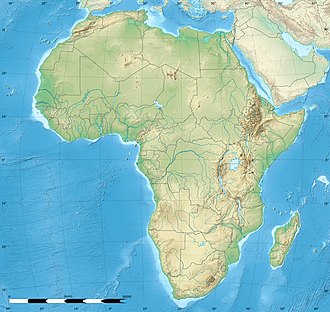| Big Momela | |
|---|---|
| Momela Kubwa (Swahili) | |
 Flamingos at Momela Lake | |
| Location | Arusha National Park, Tanzania |
| Group | Momella Lakes |
| Coordinates | 3°13′20″S36°54′36″E / 3.22222°S 36.91000°E |
| Type | alkaline lake |
| Small Momela | |
|---|---|
| Momela Ndogo (Swahili) | |
| Location | Arusha National Park, Tanzania |
| Group | Momella Lakes |
| Coordinates | 3°13′38″S36°53′45″E / 3.22722°S 36.89583°E |
| Type | alkaline lake |
| El Kekhotoito | |
|---|---|
| Location | Arusha National Park, Tanzania |
| Group | Momella Lakes |
| Coordinates | 3°14′2″S36°52′40.9″E / 3.23389°S 36.878028°E |
| Type | alkaline lake |
| Kusare | |
|---|---|
| Location | Arusha National Park, Tanzania |
| Group | Momella Lakes |
| Coordinates | 3°13′35″S36°52′50″E / 3.22639°S 36.88056°E |
| Type | alkaline lake |
| Rishateni | |
|---|---|
| Location | Arusha National Park, Tanzania |
| Group | Momella Lakes |
| Coordinates | 3°13′39.5″S36°53′45.7″E / 3.227639°S 36.896028°E |
| Type | alkaline lake |
| Lekandiro | |
|---|---|
| Location | Arusha National Park, Tanzania |
| Group | Momella Lakes |
| Coordinates | 3°12′39″S36°53′42″E / 3.21083°S 36.89500°E |
| Type | alkaline lake |
| Tulusia | |
|---|---|
| Location | Arusha National Park, Tanzania |
| Group | Momella Lakes |
| Coordinates | 3°12′40″S36°54′25″E / 3.21111°S 36.90694°E |
| Type | alkaline lake |
The Momela (or Momella) Lakes are seven shallow lakes located within Arusha National Park namely: Big Momela, Small Momela, El Kekhotoito, Kusare, Rishateni, Lekandiro and Tulusia. [1] [2] Entrance to the park is in Village Momella, Meru District of Arusha Region, Tanzania [3]

